Every homeowner, renter, or apartment dweller seeks comfort and efficiency in their living space. You work hard for your money, and rising energy costs often feel like an unavoidable drain on your budget. Imagine a world where your home actively helps you save money, rather than constantly demanding more. This guide shows you how to make that a reality. We focus on practical, actionable changes that do more than just trim your utility bills, they actually pay for themselves over time. These aren’t complicated renovations or budget-busting overhauls; these are smart, realistic steps you can implement to achieve significant savings and embrace sustainable home living.

The Smart Start: Understanding Energy Savings at Home
You probably consider your home your sanctuary. However, it also represents one of your largest recurring expenses outside of your mortgage or rent. Energy bills contribute significantly to that cost, often without you realizing how much control you truly have over them. Reducing your energy consumption benefits both your wallet and the environment. These changes aren’t about sacrificing comfort; they are about optimizing your home’s performance so it uses less energy to deliver the same, or even better, living conditions.
The concept of “changes that pay for themselves” is simple yet powerful. You make an initial investment, whether in time or a small purchase, and the resulting savings on your utility bills eventually exceed that initial cost. After this payback period, your savings become pure profit, month after month. For example, an LED bulb might cost a few dollars more than an incandescent, but its significantly lower energy use and longer lifespan quickly recoup that extra cost, then continues to save you money for years. This article empowers you with concrete steps to start that savings cycle today, making how to reduce energy bills at home an achievable goal for every budget.
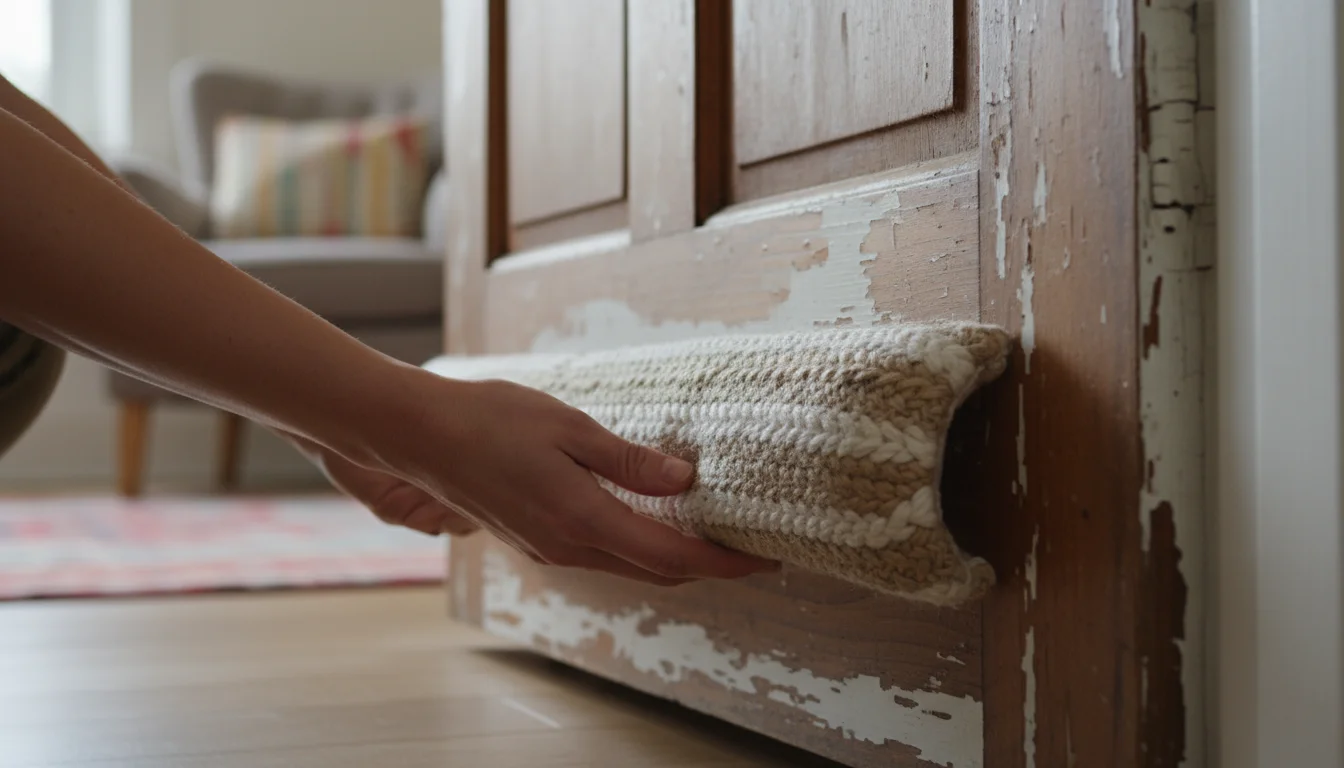
Quick Wins: Immediate Savings You Can Implement Today
Start your journey to lower energy bills with simple, high-impact changes. These actions often require minimal investment, sometimes just a shift in habits, and deliver noticeable savings quickly.

1. Switch to LED Lighting
Lighting accounts for a significant portion of your home’s electricity use. Traditional incandescent bulbs waste approximately 90% of their energy as heat, not light. LED bulbs, by contrast, convert nearly all their energy into light, making them incredibly efficient. They use up to 90% less energy than incandescent bulbs and last 15 to 25 times longer, often upwards of 25,000 hours. The initial cost of an LED bulb is higher, but the long-term LED bulb savings quickly make up the difference. If you replace 15 incandescent bulbs with LEDs, you could save approximately $50 per year in electricity costs, according to Energy Star data. This change pays for itself in less than a year, then continues to save you money for decades.
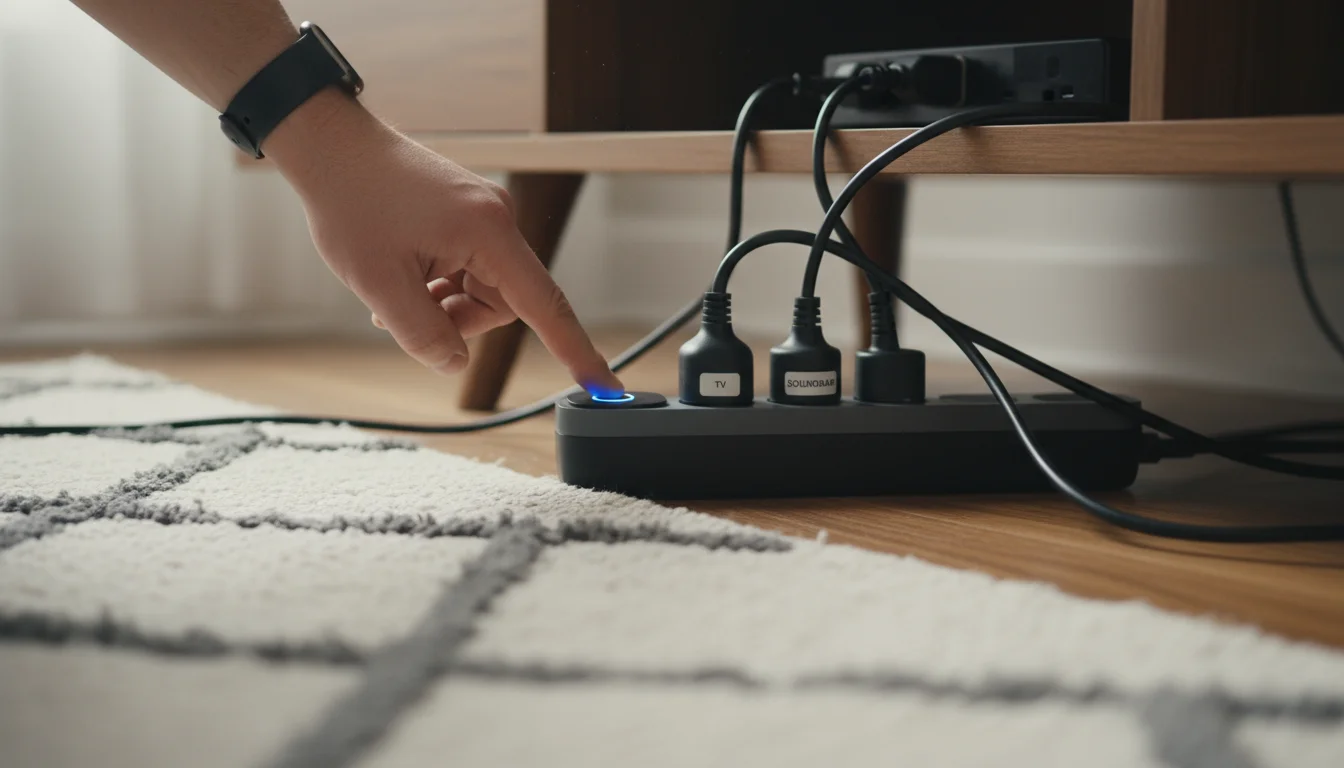
2. Unplug Phantom Loads
Many electronic devices consume power even when you turn them off, a phenomenon known as “phantom load” or “vampire energy.” Chargers, TVs, coffee makers, computers, and even cable boxes constantly draw small amounts of electricity, even when not in active use. These seemingly small draws add up, accounting for 5-10% of your total electricity bill. Unplugging devices when you don’t use them eliminates this waste. Consider smart power strips that automatically cut power to devices when you turn them off or when they go into standby mode. This simple habit or small investment pays for itself almost immediately through reduced background energy consumption.
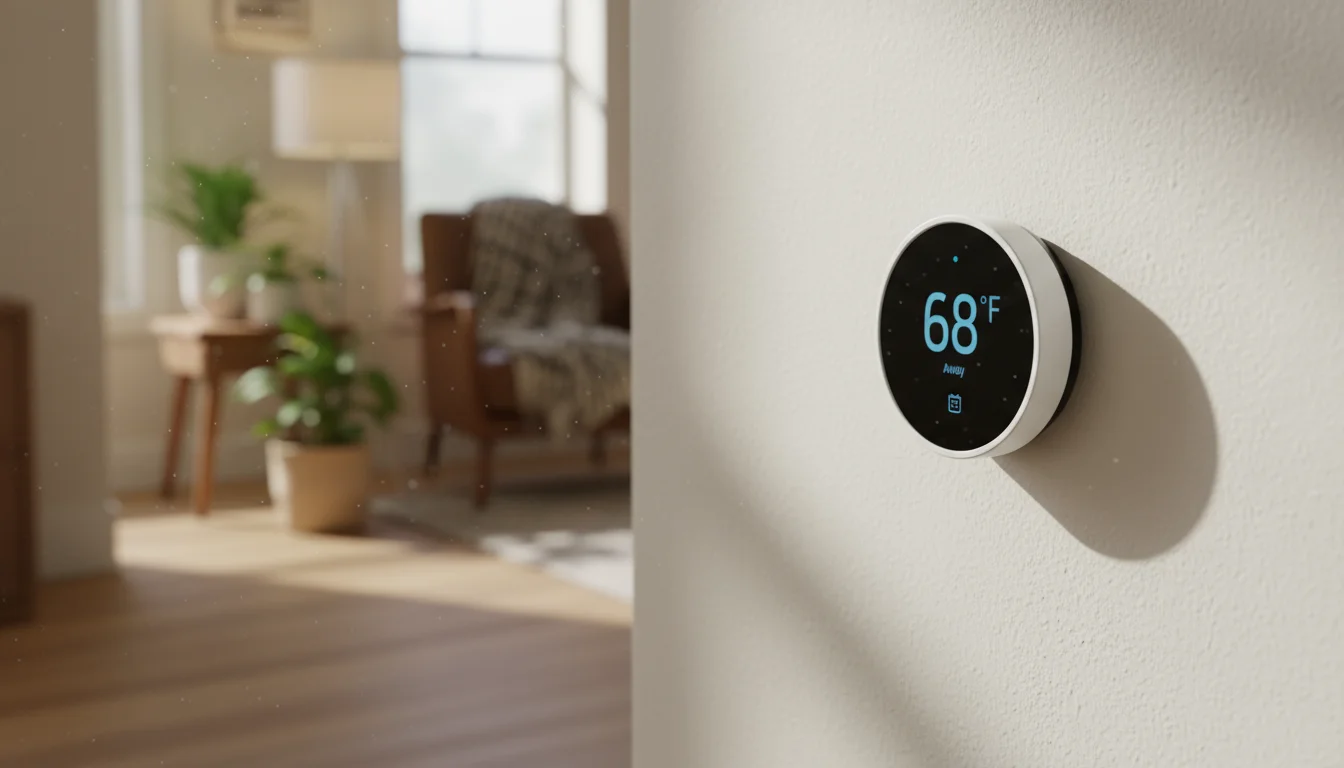
3. Adjust Your Thermostat Strategically
Your heating and cooling system typically accounts for the largest portion of your energy bill. Smart thermostat guide principles suggest that even a small adjustment can yield big savings. You save approximately 1% on your energy bill for every degree you set your thermostat back for eight hours a day. During winter, set your thermostat a few degrees lower than your comfortable daytime temperature when you’re away or asleep. In summer, raise it a few degrees. A programmable or smart thermostat makes this effortless, learning your schedule and adjusting temperatures automatically. Many utility companies offer rebates for smart thermostat installations, further speeding up the payback period for this critical device.

4. Optimize Laundry Habits
Your washing machine and dryer are energy hogs, primarily due to heating water and running the dryer. Make simple changes to your laundry routine to reduce this impact. Wash clothes in cold water whenever possible; modern detergents work just as effectively in cold water, and heating water consumes a large amount of energy. Always wash full loads, as running partial loads wastes water and electricity. For drying, clean your dryer’s lint filter before every load to maintain efficiency and prevent fire hazards. Consider air-drying certain items on a clothesline or drying rack. These changes cost nothing to implement and provide immediate savings on both electricity and water bills.
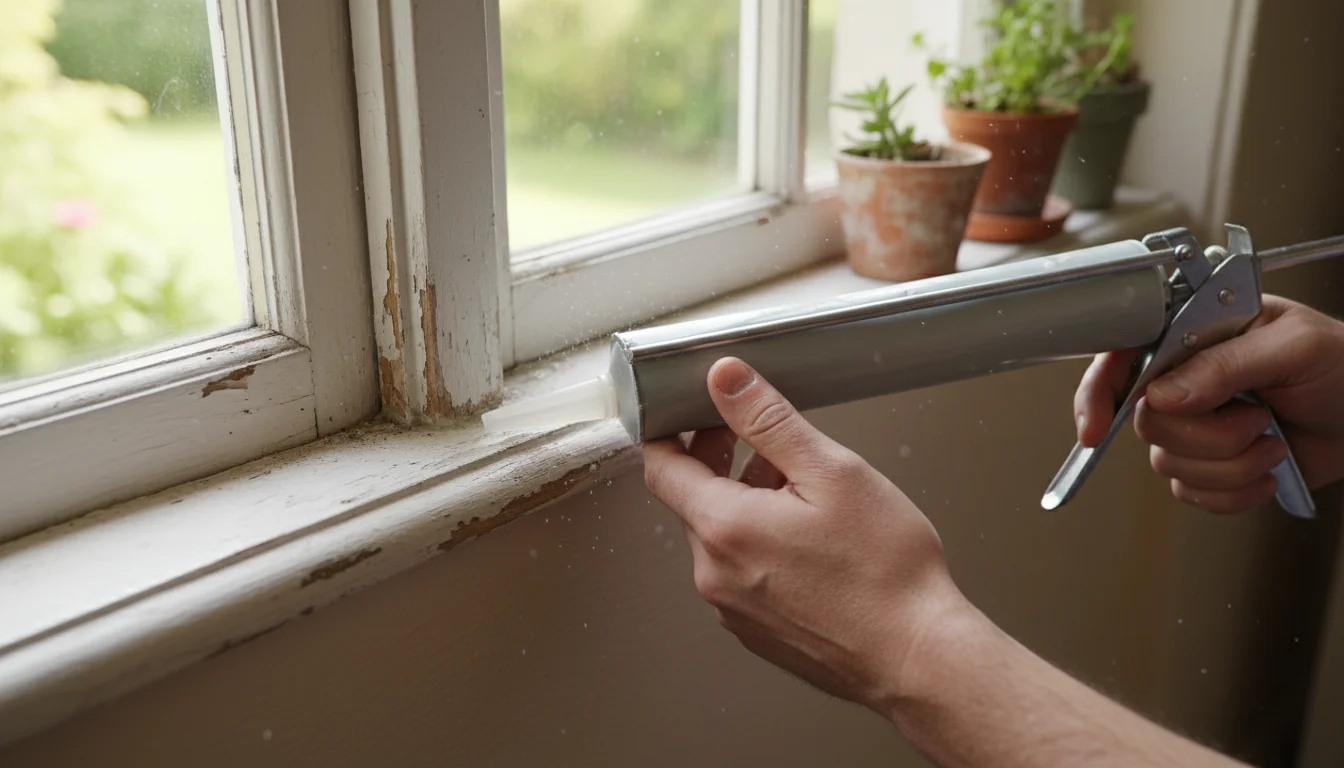
Sealing the Envelope: Keeping Your Home Comfortable and Efficient
Your home’s “envelope” refers to its outer shell: the walls, roof, windows, and foundation. A well-sealed envelope prevents conditioned air from escaping and unconditioned air from entering, which drastically reduces the workload on your HVAC system.

5. Seal Drafts with Weatherstripping and Caulk
Drafts around windows and doors are major culprits for energy loss. You often feel these cold spots in winter or hot spots in summer. Purchase weatherstripping for doors and windows. It comes in various forms, including foam strips, V-strips, and door sweeps, all designed to create a tight seal when you close them. Caulk fills cracks and gaps around window frames, door frames, and where different building materials meet. This Old House offers excellent weatherstripping benefits guides and instructions. These materials are inexpensive, and the DIY installation is straightforward. Sealing drafts significantly reduces heat loss in winter and heat gain in summer, leading to substantial savings that quickly recoup the small material cost.
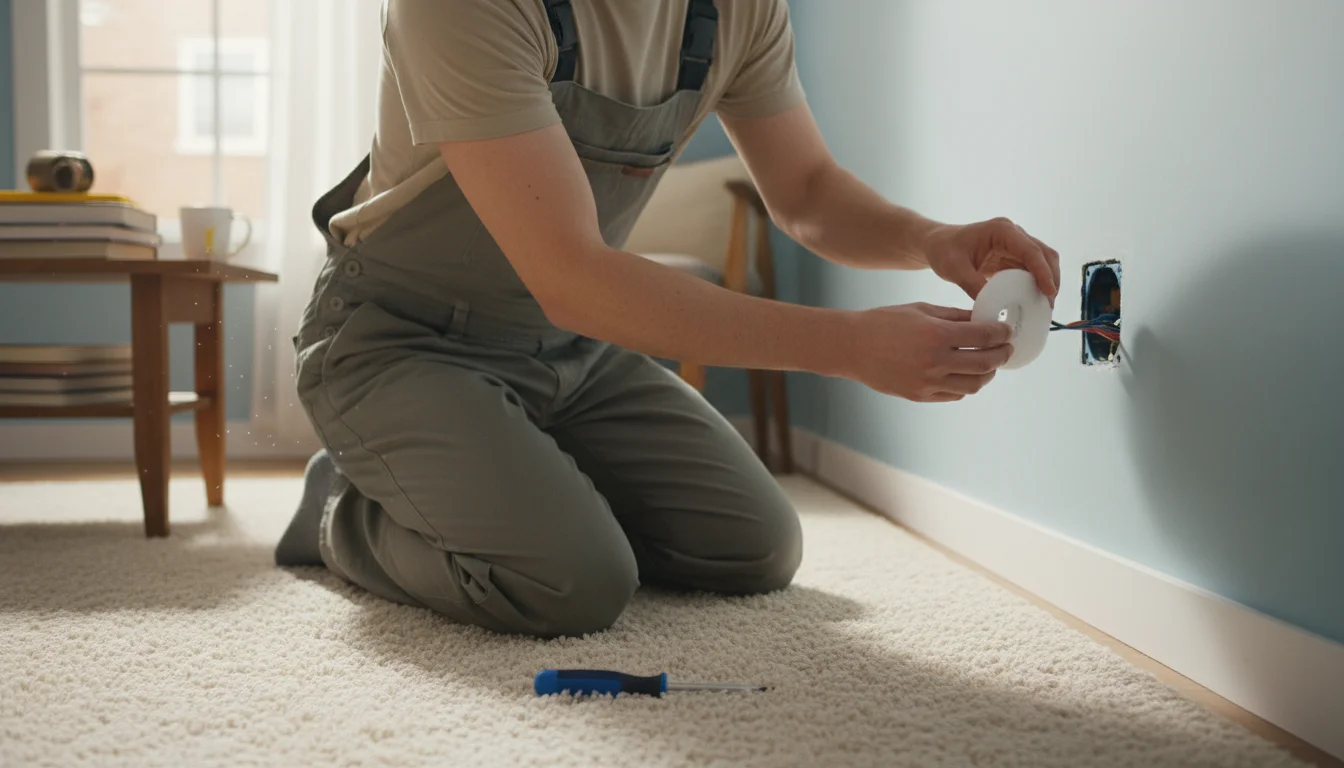
6. Insulate Electrical Outlets
Believe it or not, electrical outlets and light switches on exterior walls can be sources of air leaks. Cold air infiltrates through the small gaps around the electrical boxes. Purchase inexpensive foam gaskets, available at any hardware store, and install them behind your outlet and switch plates. Simply unscrew the plate, fit the gasket over the outlet or switch, and screw the plate back on. This small, five-minute task costs mere pennies per gasket but effectively seals these common leakage points, improving your home’s thermal performance and contributing to lower energy consumption.

7. Check and Seal Ductwork
Your HVAC system uses a network of ducts to distribute heated or cooled air throughout your home. If these ducts have leaks or poor connections, you lose a significant amount of conditioned air before it reaches its destination. The Department of Energy estimates that duct losses can account for 20-30% of a home’s heating and cooling energy use. You can often access ductwork in basements, attics, or crawl spaces. Use mastic sealant or specialized metallic foil tape (not duct tape, which degrades) to seal any visible gaps or holes. This DIY task can dramatically improve your system’s efficiency, ensuring that the air you pay to heat or cool actually gets where it needs to go, resulting in considerable savings on your energy bill.
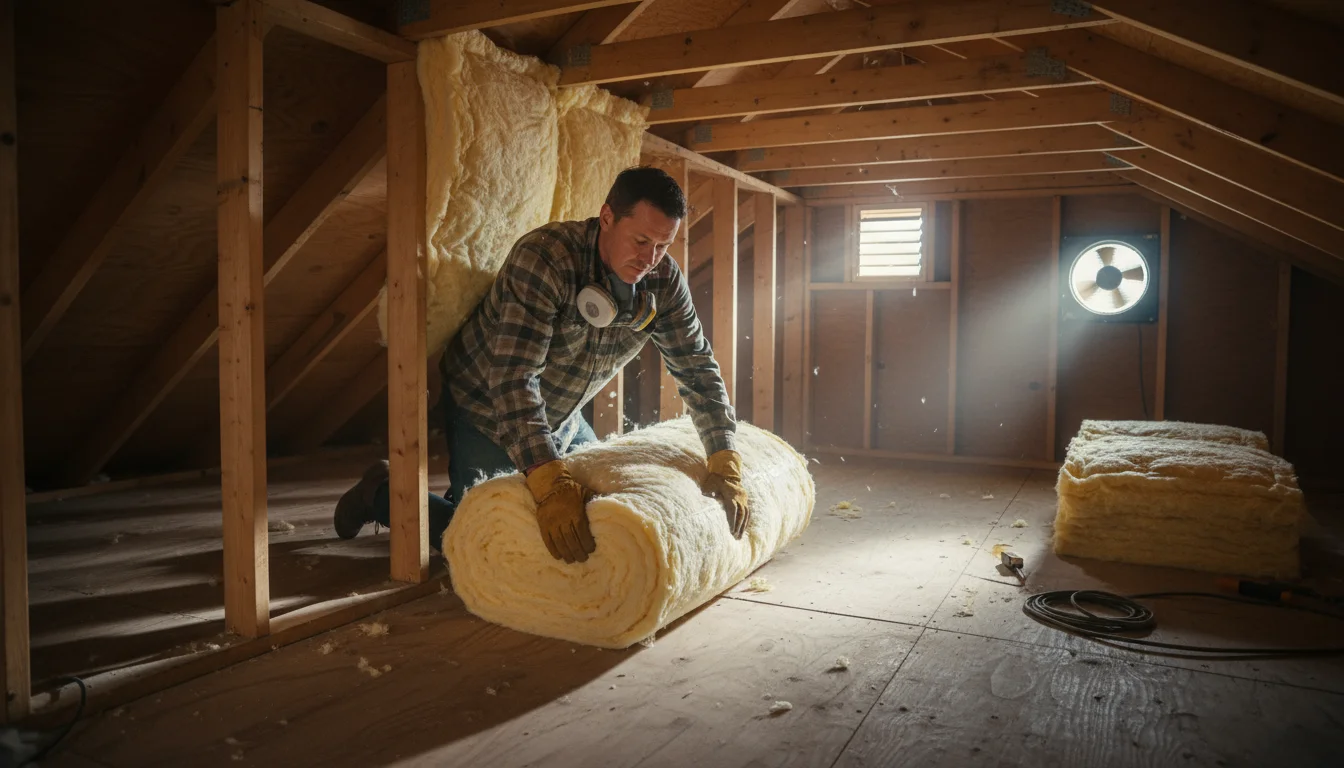
8. Add Attic Insulation
Heat rises, making your attic a critical area for insulation. If your attic lacks adequate insulation, heat escapes rapidly in winter, and hot air infiltrates in summer. Check your attic insulation levels; most homes benefit from at least 12-15 inches of insulation, depending on your climate zone. Adding insulation, whether blown-in cellulose or fiberglass batts, can be a DIY project for the handy homeowner or a service performed by a professional. While this represents a more significant upfront cost, it offers one of the highest returns on investment for energy efficiency improvements. Proper attic insulation can reduce heating and cooling costs by 10-50%, often paying for itself within a few years through substantial year-round savings.
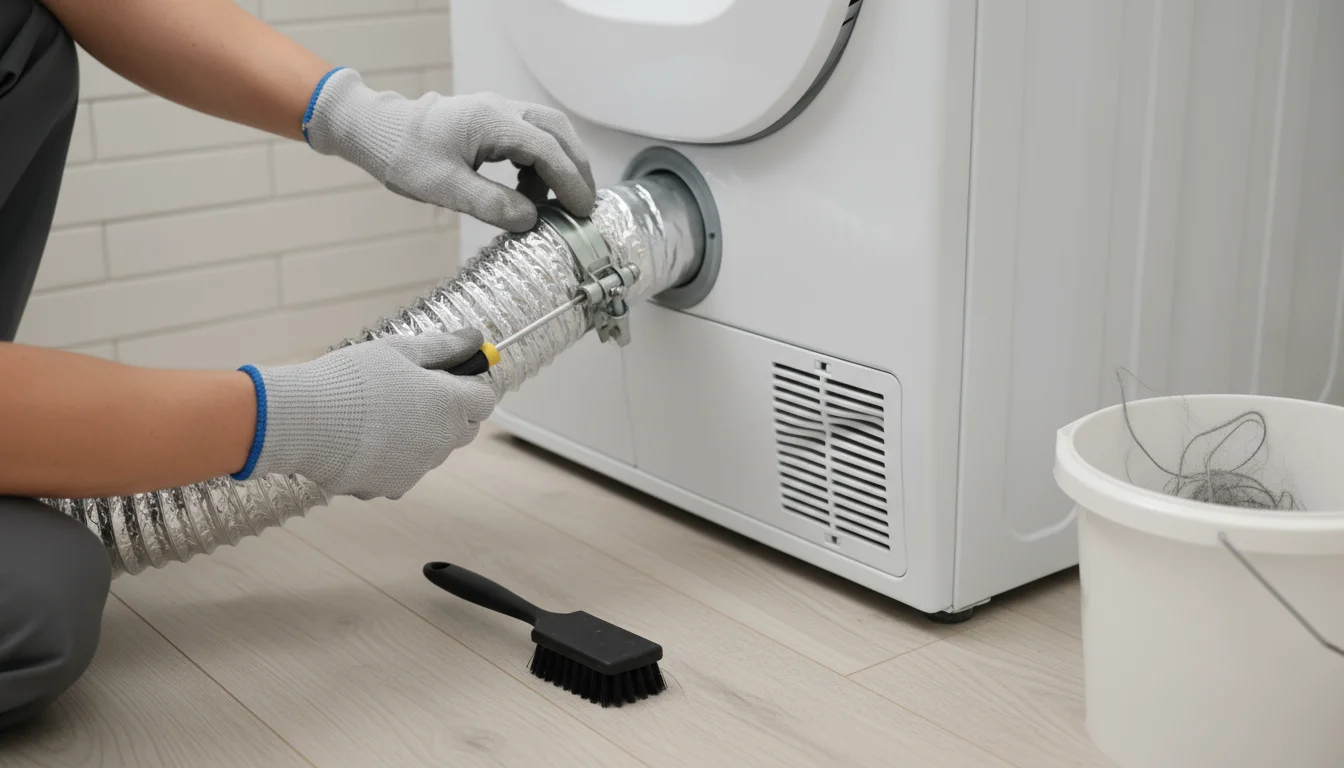
Appliance and Water Heater Wisdom: Maximizing Efficiency
Your appliances and water heater work hard every day. Ensuring their efficiency translates directly into lower energy bills.
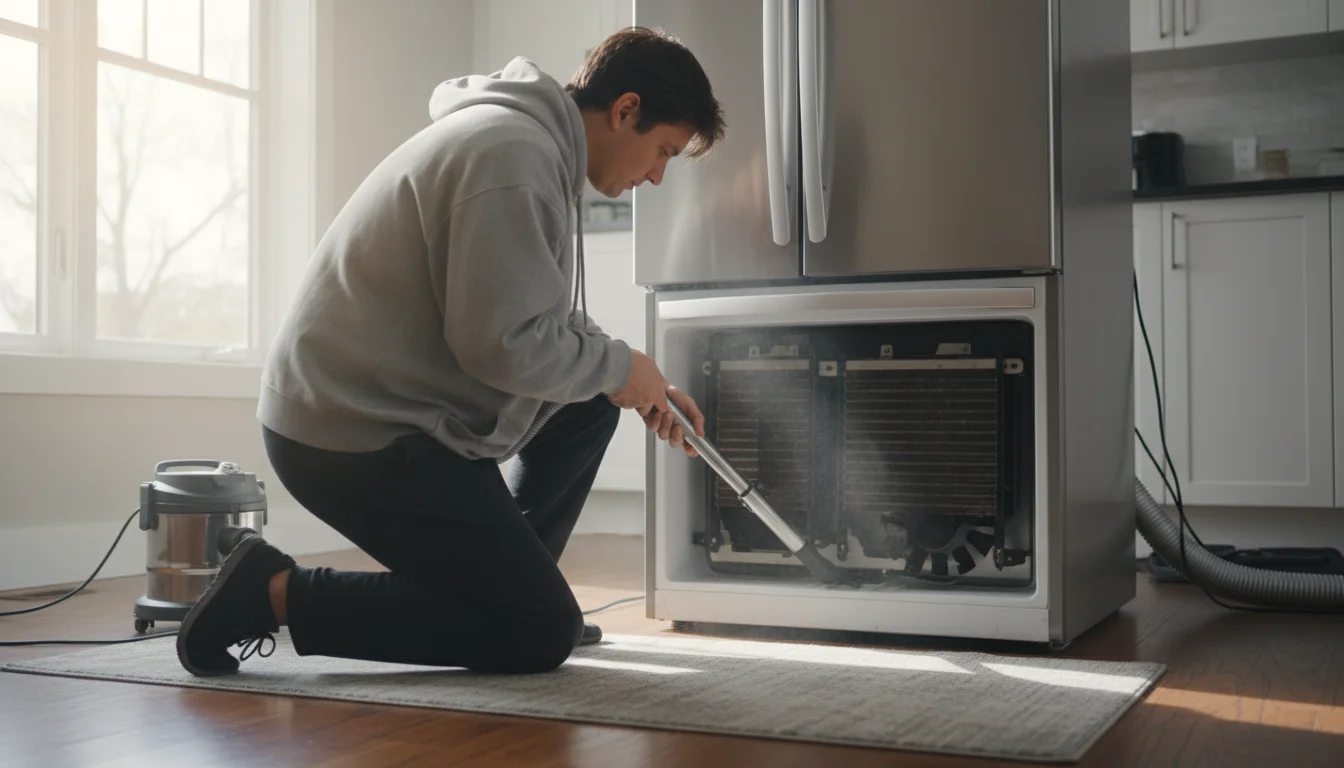
9. Maintain Your Refrigerator and Freezer
Your refrigerator runs 24/7, making it a constant energy consumer. Proper maintenance helps it run more efficiently. Clean the condenser coils at the back or bottom of the unit at least once or twice a year. Dust and pet hair accumulate on these coils, making the compressor work harder to dissipate heat, increasing energy consumption. Simply vacuuming or brushing them off improves efficiency. Also, ensure your refrigerator and freezer are set to optimal temperatures: 37-40 degrees Fahrenheit for the refrigerator and 0 degrees Fahrenheit for the freezer. A colder setting wastes energy. A well-maintained unit uses less power, saving you money on your electricity bill.

10. Use Your Dishwasher Efficiently
Like your washing machine, your dishwasher uses a lot of hot water and electricity. To optimize its energy use, always run full loads. Pre-rinsing dishes is often unnecessary with modern dishwashers and detergents, saving water and the energy used to heat it. Use the “air dry” setting if your dishwasher offers it, or simply open the door after the wash cycle finishes to allow dishes to air dry. The heated dry cycle consumes a significant amount of electricity. These small changes cost nothing but deliver consistent savings on your utility bills.
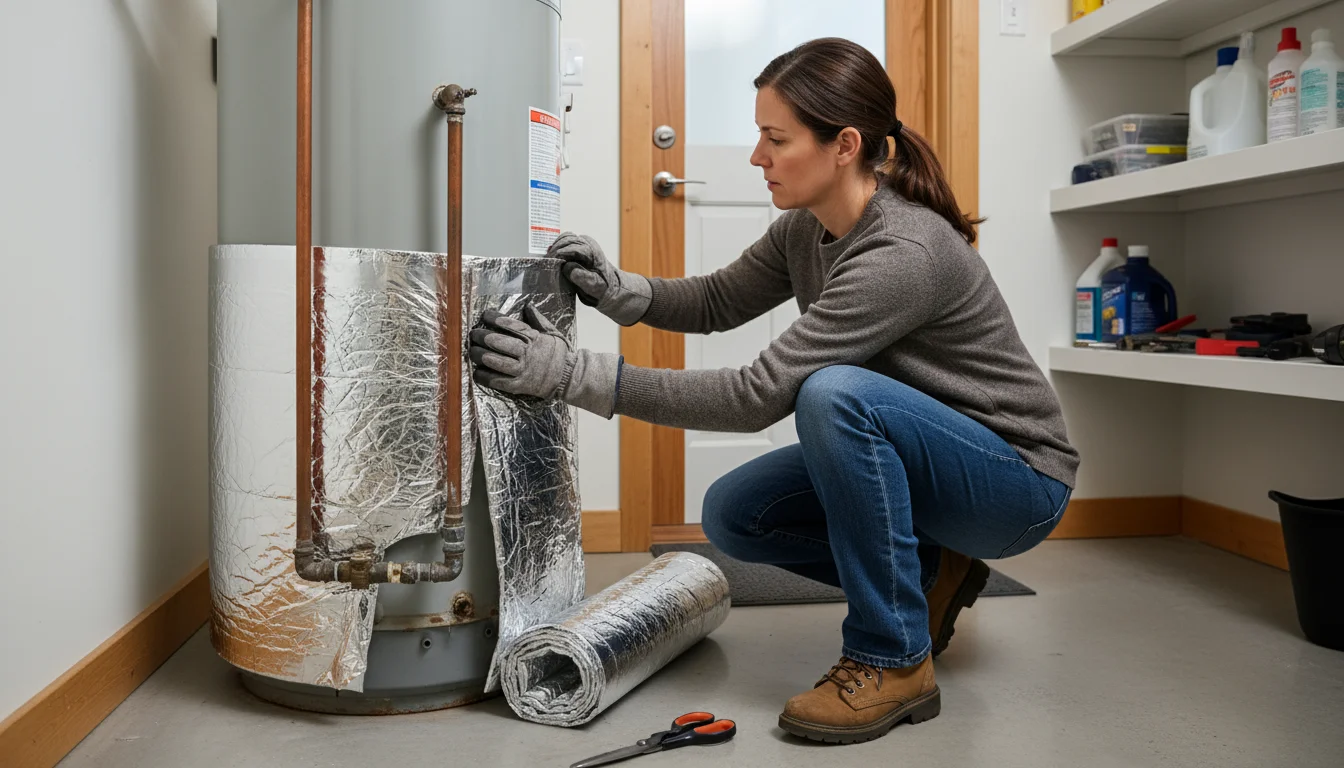
11. Optimize Water Heater Settings
Heating water accounts for about 18% of your home’s energy use. Most water heaters come with a default temperature setting of 140 degrees Fahrenheit, which is often unnecessarily high and poses a scalding risk. Lowering your water heater’s thermostat to 120 degrees Fahrenheit still provides plenty of hot water for most households and can reduce your water heating costs by 6-10%. For older tank-style water heaters, consider installing an insulating blanket, which costs around $20-30 and helps reduce standby heat loss. This simple DIY task quickly pays for itself through reduced energy consumption.

12. Clean or Replace HVAC Filters
Your heating, ventilation, and air conditioning (HVAC) system’s air filter traps dust, pollen, and other airborne particles, protecting your equipment and improving indoor air quality. A dirty, clogged filter restricts airflow, forcing your HVAC system to work harder and consume more energy to push air through. Check your filter monthly and replace or clean it every one to three months, depending on usage, pets, and allergies. A clean filter ensures optimal airflow, reduces energy consumption by 5-15%, and prolongs the life of your HVAC system. New filters are inexpensive, and the energy savings quickly offset their cost.

Seasonal Strategies: Adapting to the Weather
Your energy needs change with the seasons. Implement strategies that adapt to specific weather patterns to maximize your savings.

13. Use Window Coverings Strategically
Windows are notorious for heat transfer. Smart use of window coverings can significantly impact your home’s thermal performance. In summer, close blinds, shades, or curtains on sun-facing windows during the hottest part of the day to block solar heat gain, reducing the load on your air conditioner. In winter, open them on sunny days to allow natural light and warmth to enter, then close them at night to trap heat inside. Insulated curtains or cellular shades offer even greater thermal resistance. This zero-cost habit or small investment in efficient window treatments pays for itself through reduced heating and cooling expenses.
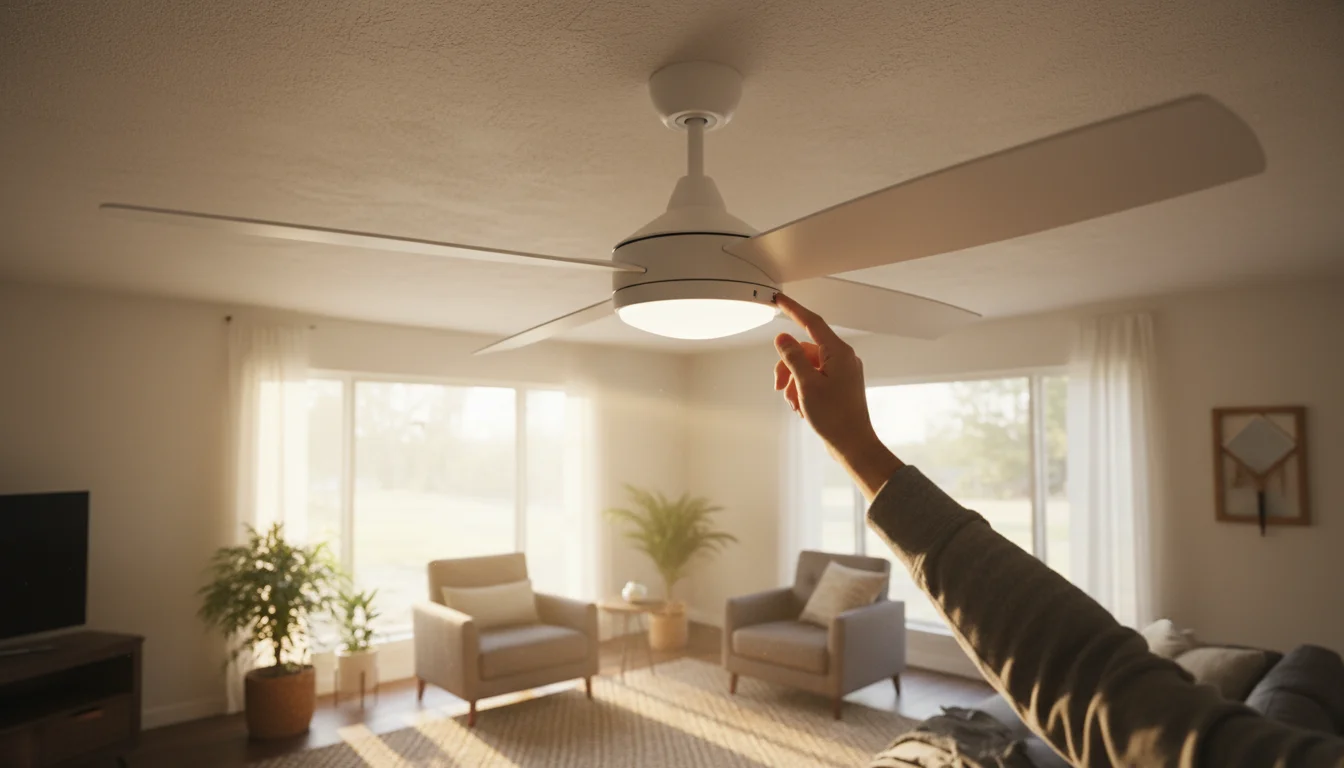
14. Utilize Ceiling Fans Correctly
Ceiling fans provide comfort without drastically changing the thermostat setting. Many people use them year-round, but few realize they operate differently depending on the season. In summer, set your ceiling fan to spin counter-clockwise, creating a downdraft that generates a cooling breeze. This allows you to raise your thermostat by a few degrees and still feel comfortable, saving on air conditioning costs. In winter, reverse the fan’s direction to spin clockwise at a low speed, creating an updraft that gently pushes warm air from the ceiling back down into the room. This helps distribute heat more evenly, potentially allowing you to lower your thermostat setting. A ceiling fan uses far less energy than an air conditioner, offering significant savings.
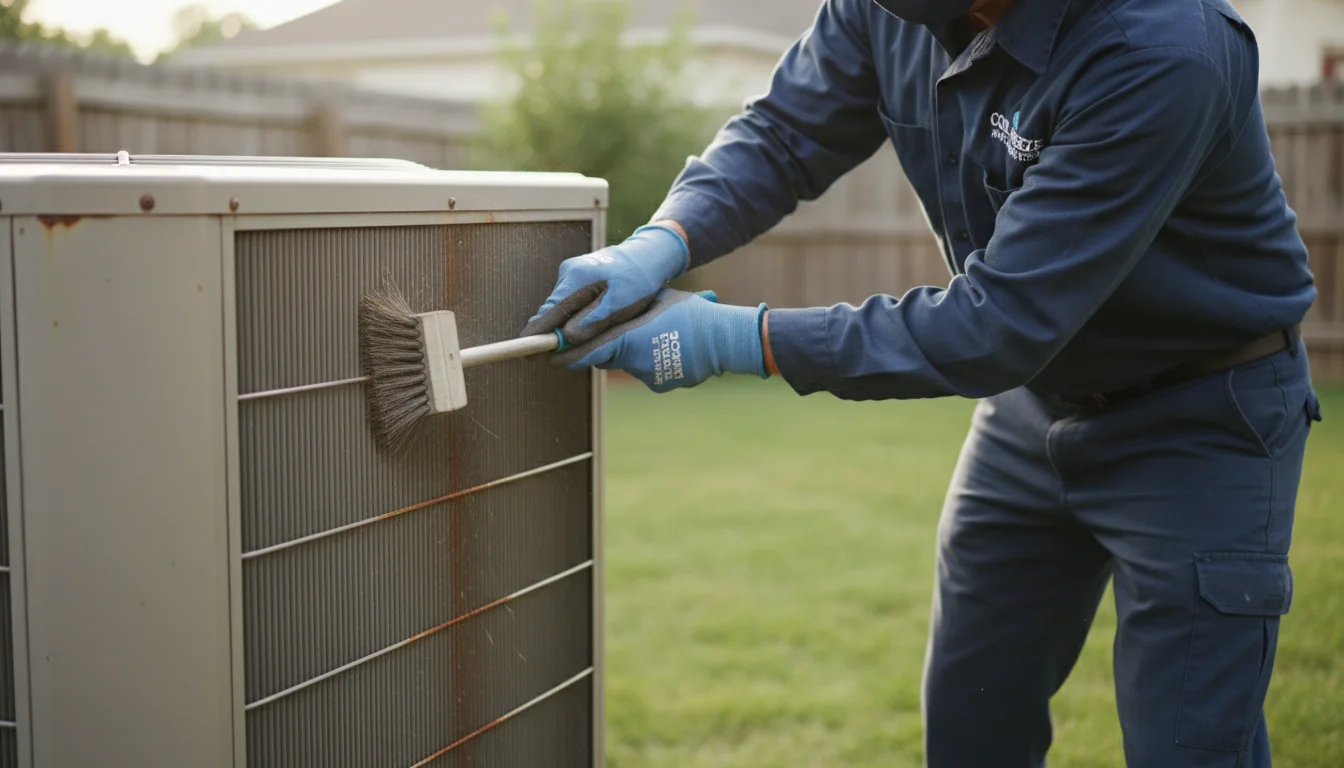
15. Perform Annual HVAC Maintenance
Your heating and cooling system is a complex machine, and like any machine, it requires regular tune-ups to perform optimally. Schedule an annual professional inspection and tune-up for your HVAC system. A technician can clean coils, check refrigerant levels, inspect electrical connections, and identify potential issues before they become costly breakdowns. A well-maintained system runs more efficiently, consumes less energy, and has a longer lifespan. The cost of an annual tune-up often pays for itself through improved efficiency, fewer repairs, and extended equipment life, ensuring your system delivers consistent comfort without excessive energy waste.

Making Sustainable Home Living a Reality
Implementing these 15 changes transforms your home into a more efficient, cost-effective, and comfortable space. You’re not just reducing your monthly energy bills; you’re investing in your home’s long-term value, contributing to a healthier environment, and enhancing your daily living experience. Each step, from switching an LED bulb to sealing a draft, builds momentum. You gain confidence and see tangible results in your utility statements. Focus on one or two changes at a time, integrate them into your routine, and then move on to the next. The journey to a truly sustainable home living experience is an ongoing process of small, smart choices that collectively create a significant positive impact.

Frequently Asked Questions
How much can I really save by implementing these changes?
The exact savings vary widely based on your current energy consumption, local utility rates, and which changes you implement. However, implementing a combination of these strategies can often reduce your energy bill by 10-30%. For a household with an average $200 monthly energy bill, this translates to $20-60 in savings each month, or $240-$720 annually. Many changes, particularly those involving insulation and thermostat management, offer significant percentage reductions.
Are smart thermostats worth the investment?
Absolutely. A smart thermostat typically costs between $100 and $250, but it pays for itself quickly. Energy Star estimates that you can save around $50 a year by properly using a smart thermostat. Beyond the monetary savings, smart thermostats offer convenience, allowing you to control your home’s temperature from anywhere via your smartphone. Many utility providers also offer rebates, further reducing the upfront cost and speeding up the return on your investment.
What’s the easiest change to start with for a busy homeowner?
For busy homeowners, the easiest changes often involve minimal time or cost. Switching to LED bulbs is incredibly simple, requires no special skills, and delivers immediate savings. Unplugging phantom loads is another free and easy habit to adopt. Adjusting your thermostat by a few degrees or optimizing your laundry routine also offers quick, noticeable results with no financial outlay. Start with one of these to build momentum and see immediate returns.
How often should I check for drafts?
You should proactively check for drafts at least twice a year, at the beginning of the heating season (fall) and the cooling season (spring). Use a simple test like holding a lit incense stick or a piece of tissue paper near windows, doors, electrical outlets on exterior walls, and any plumbing penetrations to detect air movement. Addressing drafts seasonally ensures your home remains sealed and efficient year-round, preventing energy waste from seasonal temperature fluctuations.

Leave a Reply